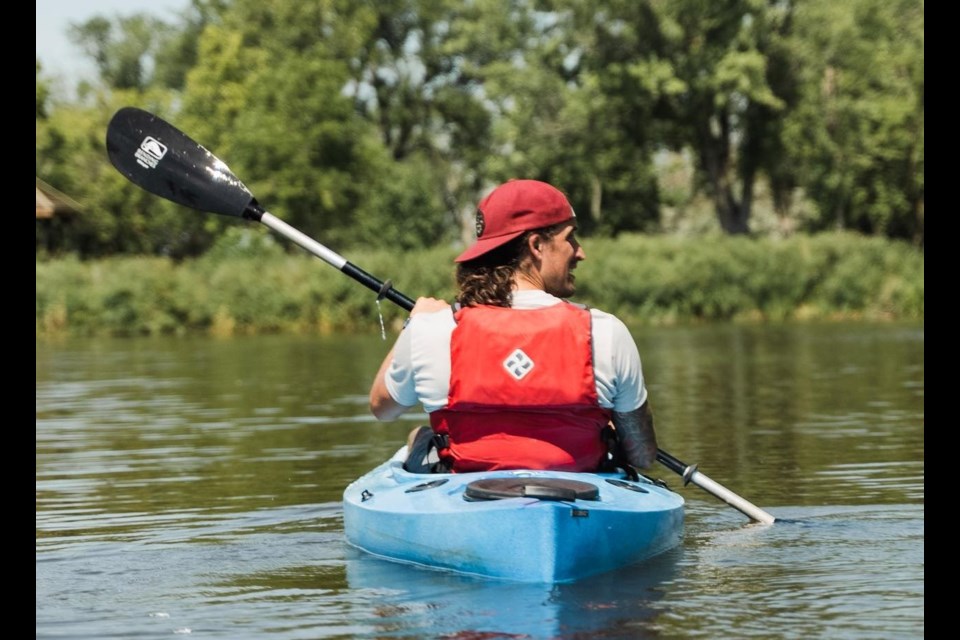Whether you are returning to kayaking and canoeing or just starting this new hobby, it is a great way to get out and enjoy all Wakamow Valley has to offer.
Moose Jaw River and Adventure Tours rents canoes or kayaks for a few hours, half a day or a full day. It costs $22 per hour, $44 per half-day or $66 for a full day to rent a watercraft.
The business is open by appointment only in April, May and June, while it is open seven days a week from 11 a.m. to 7 p.m. in July and August. It is open again by appointment in September and October.
If people want to hit the river at 5 or 6 a.m., they must call Metka and he can meet them at the park.
To book, call Tim Metka at 306-313-2212.
The company also offers canoe and kayak lessons for $44 per hour, while anyone who wants to become a certified paddle instructor should contact Bryan (Boh) VanTassel, former owner of Boh’s Cycle and Sports.
Metka enjoys everything about kayaking, including how “it’s a very, very quiet” activity that can be done solo or with friends. It’s much easier than canoeing, while it’s also good exercise that uses more upper-body muscles.
There are several differences between kayaking and canoeing, he continued.
With kayaks, operators sit lower in the water and within the watercraft’s narrow-beamed enclosed shell and use a double-bladed paddle. With canoes, operators sit on an elevated bench in a wider-beamed open half-shell watercraft and use a single-bladed paddle.
“But they’re both good activities … ,” added Metka.
Metka became interested in kayaking because he lived in the Caribbean twice and sea-kayaked for 35 years. He moved back to Moose Jaw — his hometown — years ago, and since he and VanTassel were roommates in the 1970s, worked for the businessman.
VanTassel retired in 2021 and sold his downtown business — including the Kiwanis River Park operations — to brothers Brittan and Jordan Calibaba.
During the season, Metka enjoys paddling on the river once a week. There are times when he must jump into his kayak and tow in paddlers because they are usually physically unfit. However, he noted that Wakamow Valley staff are helpful and can pick up people with a truck and drive them back to the boathouse.
“The Moose River is very accessible, so it’s very easy to do that,” he said.
People can challenge themselves while navigating the river considering the water body is roughly 144 kilometres long and starts near Weyburn, meanders to Moose Jaw and heads to Fort Qu’Appelle, Metka continued.
Paddlers must portage several times if they want to ride the entire river. Some portage-related areas in Moose Jaw include the weir at Seventh Avenue Southwest, low spots around the former Valley View Centre and northeast of the city, and the spillway near the Old Union Hospital site.
However, users can enjoy many parts of Wakamow Valley without portaging, he said. If they rise early or stay up late, they can see the region’s many animals, including raccoons, foxes, turtles, deer, muskrats, beavers and about 40 bird species.
There is a healthy beaver population in the area, including roughly 14 pairs of mated animals, Metka added. There is also a 15-year-old, 60-pound male beaver — “He’s the biggest beaver I’ve ever seen in my life” — that is stealthy and smart and only seen in the early mornings or late evenings.




